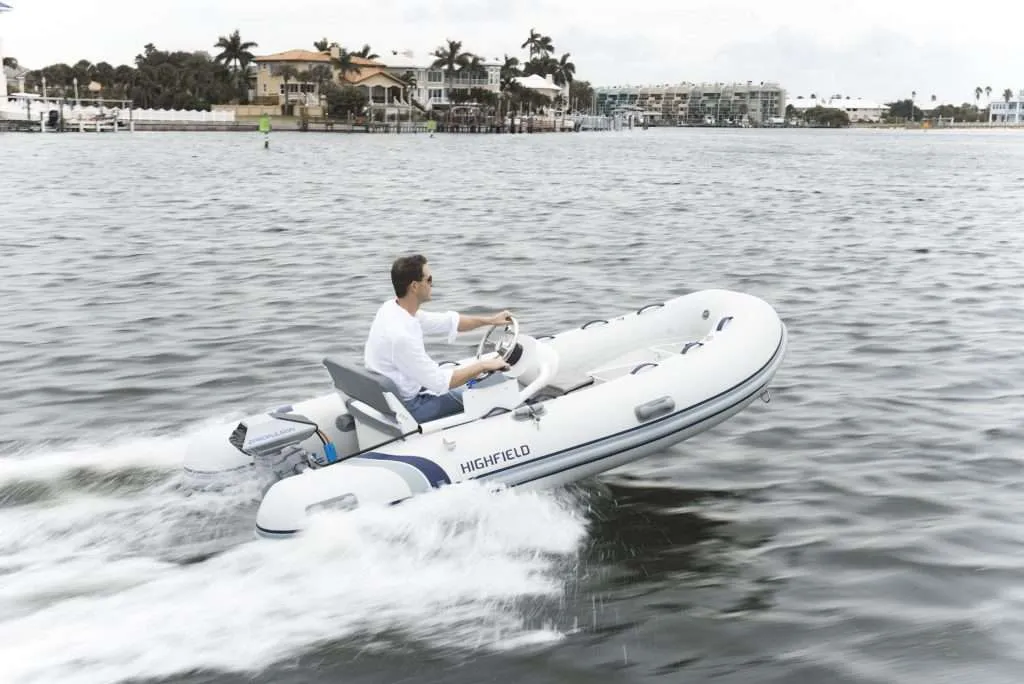
Ready to forget about endless maintenance, expensive repairs, & noise?
It’s time to discover electric propulsion.
Quiet. Maintenance Free. Space-Saving.
While you make think electric propulsion is for the tree-huggers, the truth is more and more boaters are simply fed up with the inefficient, stressful, and noisy experience of running diesel engines.
Seattle Boat Works has been helping customers design electric propulsion systems customized to their boats since 2012. While we are dealers for several brands we believe in and have installed on our own boats, see our catalog here, we also are happy to help you design any system you are interested in whether it’s inboards, outboards, or sail-drives.
From there we offer full installation with our crew of certified marine electricians. We can also assist at an hourly rate on your DIY install to check your work, or provide solutions from our extensive experience. Marine electric propulsion has never been more accessible and exciting for the recreational boater. Improvements in battery and solar give more options for far less cost, and we offer a selection of generators to hybridize a diesel-electric system to suit your desired range or boat’s existing power systems.
-

Electric Inboard Motors
Keep the boat you love, and replace your inboard motor directly with one of our electric options. Installs can happen in-water with existing shafts and mounts. Discover what we offer
-

Electric Outboards and Pods
We carry a fully range of ePropulsion outboards and pod drives, perfect for dinghies and sailboats. Power options range from 1kW (3 HP) - 6kW (9.9 HP) with generous warranties.
-

Electric Hybrid Systems
A hybrid system is the answer to the "range anxiety" most boaters face when considering electric propulsion. Diesel-electric generators can provide power with less fuel than typical inboards.
Learn More
How to Pick the Right Electric Motor
Find out how electric motors work, what your boat actually needs, and how to calculate your range.
“Electric and Hybrid Propulsion Systems”
Recorded seminar from the Seattle Boat Show 2023 by Seattle Boat Works founder, Alex Wilken, on everything electric propulsion.
Peak vs. Continuous Power Rating
Not all electric motor ratings are equal. Many motors are marketed with their “peak” power output, which can be misleading. Learn the difference here.
Electric Hybrid Systems
Two different hybrid systems exist on the market, learn the pros/cons of each and how to address “range anxiety”.
Batteries - Calculate the Drive Bank for Your Electric Motor.
An electric motor needs a designated “drive bank” of batteries to operate. But how much battery power do you need?
Electric Propulsion Install Examples
See some examples of installs we’ve done over the past decade, and a few adventurers doing amazing things with electric power.
Seattle Boat Work’s believes in encouraging and empowering our customers to understand, install, and service their own systems. Browse the topics below or check out our recorded seminars to learn more about electric propulsion, how get the correct size of motor, options on the market, etc.
FAQs
-
Electric motors are simpler, quieter, cleaner, more efficient, and more reliable than internal combustion engines: no oil, quiet running, low maintenance, clean water, clean engine space, and clean air. The batteries can also be charged from renewable sources (solar and wind) and multiple sources such as shore power, regenerative and/or generator. Electric motors are more maneuverable as you can go from forward to reverse with the flick of a switch, and full torque is available at slow RPMs; there is instant power with no warm up.
-
As fast as the internal combustion engine will push the boat. Of course, the closer you get to hull speed, you need exponentially more power.
-
The definitive answer requires accurate numbers on the length, weight, and speed of the boat, and the size of the battery bank. The closer you get to hull speed you need exponentially more power to go faster, so the slower you go the farther you go.
-
An electric propulsion system with a standard battery bank costs as much as a new diesel engine, and the installation is generally simpler. Keep in mind, when you purchase the batteries, you are essentially pre-buying your fuel.
-
The best batteries for a drive bank depend a little bit on the use of the boat. If all the electric motor must do is power in and out of the marina, then a thin plate pure lead agm battery bank is acceptable. If the boat will be away from shore power for extended periods, then you need a battery that does not develop a memory as almost all lead acid batteries do. If weight, power loss at high draw, or charge cycle life are important, the best lithium batteries are LiFePo4 (lithium iron phosphate). They do not catch fire, are half the weight of lead acid batteries, do not lose amp hours at high draw, and they are the cheapest battery by the charge cycle.
-
We are based out of Seattle, but are essentially a fully mobile installer. We will work with you to figure out options to work where your boat is.
-
The old propeller shaft and propeller can be used because the motor can be geared to match the propeller. If you have a generator, we can use that to supplement the drive bank and extend your range. It is sometimes possible to adapt the engine mounts.
